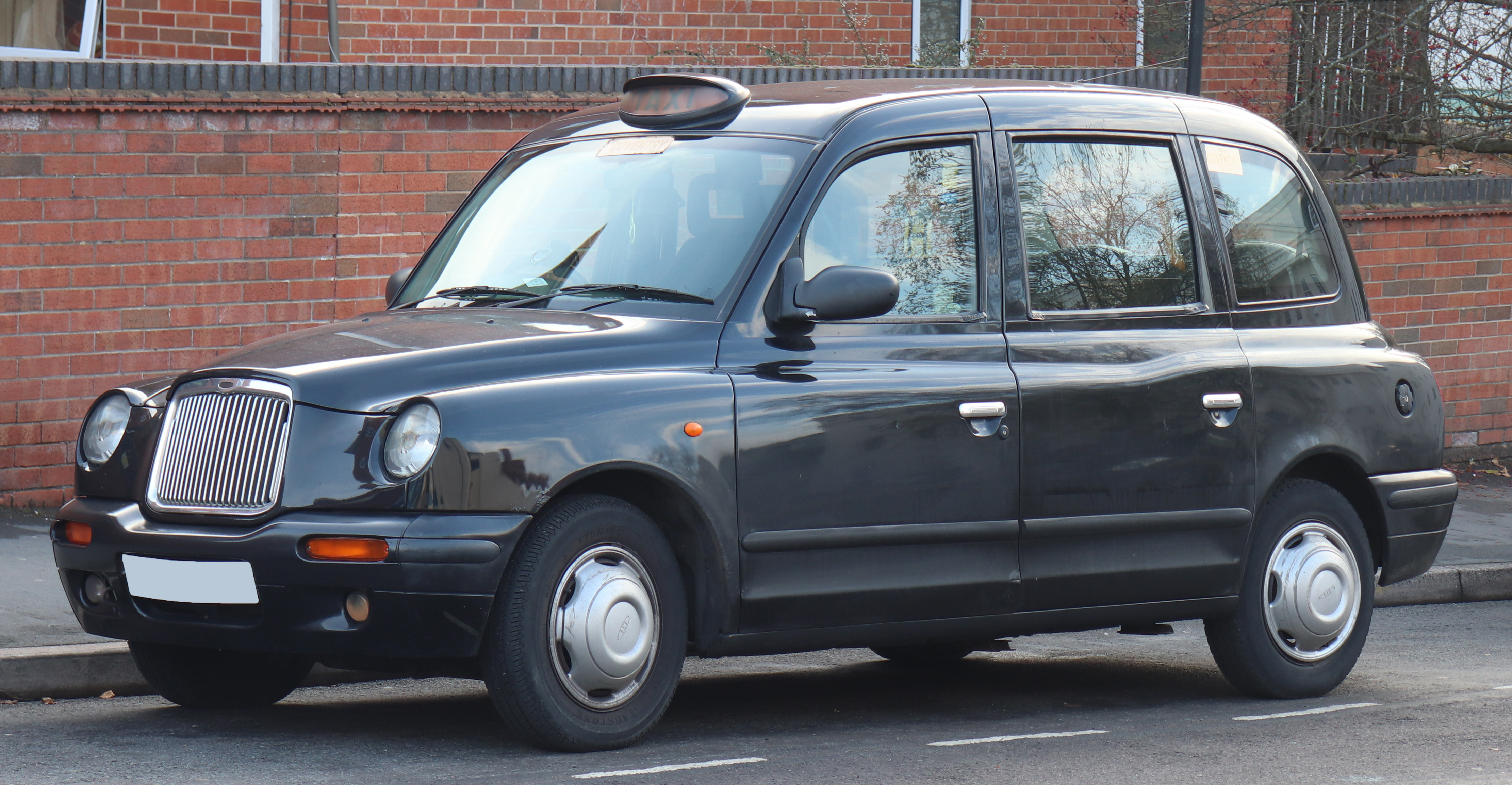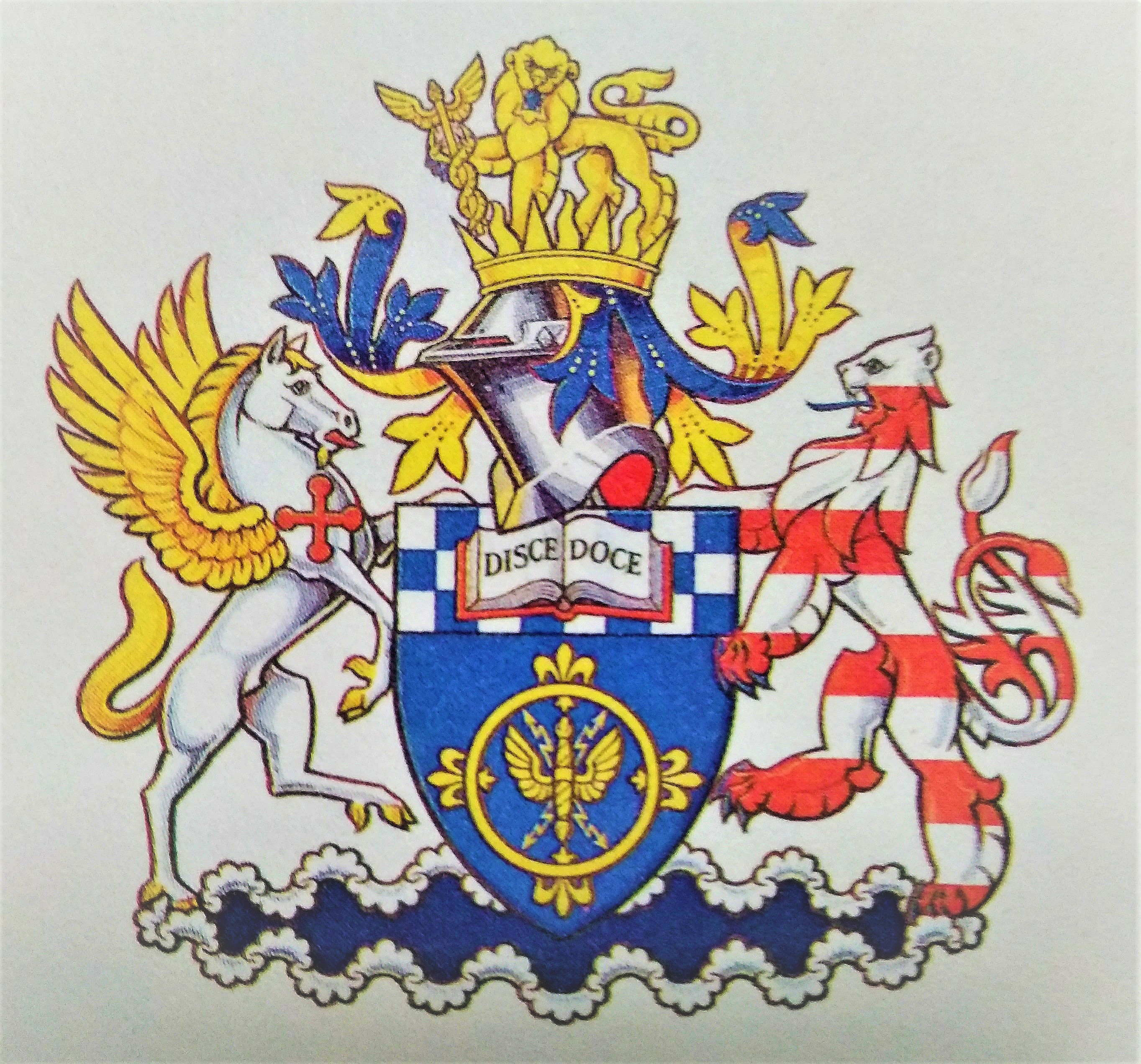|
William Worby Beaumont
William Worby Beaumont (1848 – 14 April 1929) was an early automotive engineer and inventor. He was born in Chorlton in Lancashire in 1848, the son of the agricultural engineer William Henry Beaumont (1827-1907) and his wife Ellen ''née'' Worby (1826-1906). On leaving school in 1864 he was an apprentice at the Reading Ironworks Co. before joining the Ipswich works of Ransomes and Sims in 1867 as an Improver under his grandfather, Mr. William Worby, the notable pioneer of agricultural self-movers.Biographical note on Mr W. W. Beaumont - ''Automobile Club Journal'', 26 February 1903 Here after five years he was promoted to Assistant to Robert Mallet. He left Ransomes to take up an appointment with Vaughan Pendred as joint-editor of '' The Engineer'' newspaper where he remained for about ten years. During his tenure he revealed himself as a dedicated enthusiast for the motor car, which was hardly surprising considering the engineering background of his grandfather, William W ... [...More Info...] [...Related Items...] OR: [Wikipedia] [Google] [Baidu] |
William Worby Beaumont
William Worby Beaumont (1848 – 14 April 1929) was an early automotive engineer and inventor. He was born in Chorlton in Lancashire in 1848, the son of the agricultural engineer William Henry Beaumont (1827-1907) and his wife Ellen ''née'' Worby (1826-1906). On leaving school in 1864 he was an apprentice at the Reading Ironworks Co. before joining the Ipswich works of Ransomes and Sims in 1867 as an Improver under his grandfather, Mr. William Worby, the notable pioneer of agricultural self-movers.Biographical note on Mr W. W. Beaumont - ''Automobile Club Journal'', 26 February 1903 Here after five years he was promoted to Assistant to Robert Mallet. He left Ransomes to take up an appointment with Vaughan Pendred as joint-editor of '' The Engineer'' newspaper where he remained for about ten years. During his tenure he revealed himself as a dedicated enthusiast for the motor car, which was hardly surprising considering the engineering background of his grandfather, William W ... [...More Info...] [...Related Items...] OR: [Wikipedia] [Google] [Baidu] |
Hackney Carriage
A hackney or hackney carriage (also called a cab, black cab, hack or London taxi) is a carriage or car for hire. A hackney of a more expensive or high class was called a remise. A symbol of London and Britain, the black taxi is a common sight on the streets of the UK. The hackney carriages carry a roof sign TAXI that can be illuminated at night to indicate their availability for passengers. In the UK, the name ''hackney carriage'' today refers to a taxicab licensed by the Public Carriage Office, local authority (non-metropolitan district councils, unitary authorities) or the Department of the Environment depending on region of the country. In the United States, the police department of the city of Boston has a Hackney Carriage Unit, analogous to taxicab regulators in other cities, that issues ''Hackney Carriage'' medallions to its taxi operators. Etymology The origins of the word hackney in connection with horses and carriages are uncertain. The origin is often attribu ... [...More Info...] [...Related Items...] OR: [Wikipedia] [Google] [Baidu] |
1929 Deaths
Nineteen or 19 may refer to: * 19 (number), the natural number following 18 and preceding 20 * one of the years 19 BC, AD 19, 1919, 2019 Films * ''19'' (film), a 2001 Japanese film * ''Nineteen'' (film), a 1987 science fiction film Music * 19 (band), a Japanese pop music duo Albums * ''19'' (Adele album), 2008 * ''19'', a 2003 album by Alsou * ''19'', a 2006 album by Evan Yo * ''19'', a 2018 album by MHD * ''19'', one half of the double album ''63/19'' by Kool A.D. * ''Number Nineteen'', a 1971 album by American jazz pianist Mal Waldron * ''XIX'' (EP), a 2019 EP by 1the9 Songs * "19" (song), a 1985 song by British musician Paul Hardcastle. * "Nineteen", a song by Bad4Good from the 1992 album '' Refugee'' * "Nineteen", a song by Karma to Burn from the 2001 album ''Almost Heathen''. * "Nineteen" (song), a 2007 song by American singer Billy Ray Cyrus. * "Nineteen", a song by Tegan and Sara from the 2007 album '' The Con''. * "XIX" (song), a 2014 song by Slipk ... [...More Info...] [...Related Items...] OR: [Wikipedia] [Google] [Baidu] |
1848 Births
1848 is historically famous for the wave of revolutions, a series of widespread struggles for more liberal governments, which broke out from Brazil to Hungary; although most failed in their immediate aims, they significantly altered the political and philosophical landscape and had major ramifications throughout the rest of the century. Ereignisblatt aus den revolutionären Märztagen 18.-19. März 1848 mit einer Barrikadenszene aus der Breiten Strasse, Berlin 01.jpg, Cheering revolutionaries in Berlin, on March 19, 1848, with the new flag of Germany Lar9 philippo 001z.jpg, French Revolution of 1848: Republican riots forced King Louis-Philippe to abdicate Zeitgenössige Lithografie der Nationalversammlung in der Paulskirche.jpg, German National Assembly's meeting in St. Paul's Church Pákozdi csata.jpg, Battle of Pákozd in the Hungarian Revolution of 1848 Events January–March * January 3 – Joseph Jenkins Roberts is sworn in, as the first president of the inde ... [...More Info...] [...Related Items...] OR: [Wikipedia] [Google] [Baidu] |
West Kensington
West Kensington, formerly North End, is an area in the ancient parish of Fulham, in the London Borough of Hammersmith and Fulham, England, 3.4 miles (5.5 km) west of Charing Cross. It covers most of the London postal area of W14, including the area around Barons Court tube station, and is defined as the area between Lillie Road and Hammersmith Road to the west, Fulham Palace Road to the south, Hammersmith to the north and West Brompton and Earl's Court to the east. The area is bisected by the major London artery the A4, locally known as the Talgarth Road. Its main local thoroughfare is the North End Road. It is predominantly a dense residential area with the Queen's Club in its midst and is bordered by the Lillie Bridge railway depot, the now defunct Earls Court Exhibition Centre site, Olympia Exhibition Centre and the commercial centres at Fulham and Hammersmith Broadway. Name "West Kensington" is an early marketing construct, a ploy by two Victorian developers who ... [...More Info...] [...Related Items...] OR: [Wikipedia] [Google] [Baidu] |
Hannah Moylan
Hannah Alexandra Moylan (1867 – 15 June 1902) was the first woman to get a degree in science in Ireland. Early life and education Born Hannah Moylan of the Newcastle Road, Galway to Jeremiah Moylan and Mary Fitzgerald of Cork. Her mother was the matron and her father the headmaster of the Model school. Her father went on to become a Barrington Lecturer on Political Economy. Moylan was baptised on 2 December 1867, her exact date of birth is unknown. She was their second youngest child of ten. Her oldest brother Michael became a doctor. Her oldest sister a school governess and the youngest sister Vida Mary Augusta Constance Moylan (1871-1962) married William Worby Beaumont, an engineer and inventor. Her sister Josephine was a novelist who wrote under the name ''Errol Fitzgerald''. In 1873 the family moved to Limerick where they were living when her mother died. Moylan got her primary education from her father but went to Madame De Prins College for Young Ladies and the Ladi ... [...More Info...] [...Related Items...] OR: [Wikipedia] [Google] [Baidu] |
Josephine Fitzgerald Clarke
Josephine Fitzgerald Clarke (pen name, Errol Fitzgerald; 1865 – 6 June 1953), was a prolific Irish romance novelist who published over 40 novels for Mills & Boon between 1927 and 1953. Biography Born Bridget Josephine Moylan to Jeremiah Moylan and Mary Fitzgerald of Cork, her mother was the matron and her father the headmaster of the Model School. Her father went on to become a Barrington Lecturer on Political Economy. She was one of ten children. Her oldest brother Michael became a doctor; her oldest sister a school governess and the youngest sister Vida Mary Augusta Constance Moylan (1871-1962) married William Worby Beaumont, an engineer and inventor. Her sister Hannah became the first woman to get a degree in Science in Ireland. In 1873 the family moved to Limerick where they were living when her mother died. Clarke move to England where she went by Josephine Fitzgerald Moylan. In 1893 she became Lady Josephine Fitzgerald Clarke when she married Sir Frederick William ... [...More Info...] [...Related Items...] OR: [Wikipedia] [Google] [Baidu] |
Novelist
A novelist is an author or writer of novels, though often novelists also write in other genres of both fiction and non-fiction. Some novelists are professional novelists, thus make a living writing novels and other fiction, while others aspire to support themselves in this way or write as an avocation. Most novelists struggle to have their debut novel published, but once published they often continue to be published, although very few become literary celebrities, thus gaining prestige or a considerable income from their work. Description Novelists come from a variety of backgrounds and social classes, and frequently this shapes the content of their works. Public reception of a novelist's work, the literary criticism commenting on it, and the novelists' incorporation of their own experiences into works and characters can lead to the author's personal life and identity being associated with a novel's fictional content. For this reason, the environment within which a novelist works ... [...More Info...] [...Related Items...] OR: [Wikipedia] [Google] [Baidu] |
Strand, London
Strand (or the Strand) is a major thoroughfare in the City of Westminster, Central London. It runs just over from Trafalgar Square eastwards to Temple Bar, where the road becomes Fleet Street in the City of London, and is part of the A4, a main road running west from inner London. The road's name comes from the Old English ''strond'', meaning the edge of a river, as it historically ran alongside the north bank of the River Thames. The street was much identified with the British upper classes between the 12th and 17th centuries, with many historically important mansions being built between the Strand and the river. These included Essex House, Arundel House, Somerset House, Savoy Palace, Durham House and Cecil House. The aristocracy moved to the West End during the 17th century, and the Strand became known for its coffee shops, restaurants and taverns. The street was a centre point for theatre and music hall during the 19th century, and several venues remain on the St ... [...More Info...] [...Related Items...] OR: [Wikipedia] [Google] [Baidu] |
Rolls-Royce Limited
Rolls-Royce was a British luxury car and later an aero-engine manufacturing business established in 1904 in Manchester by the partnership of Charles Rolls and Henry Royce. Building on Royce's good reputation established with his cranes, they quickly developed a reputation for superior engineering by manufacturing the "best car in the world". The business was incorporated as Rolls-Royce Limited in 1906, and a new factory in Derby was opened in 1908. The First World War brought the company into manufacturing aero-engines. Joint development of jet engines began in 1940, and they entered production. Rolls-Royce has built an enduring reputation for development and manufacture of engines for defence and civil aircraft. In the late 1960s, Rolls-Royce was adversely affected by the mismanaged development of its advanced RB211 jet engine and consequent cost over-runs, though it ultimately proved a great success. In 1971, the owners were obliged to liquidate their business. The useful p ... [...More Info...] [...Related Items...] OR: [Wikipedia] [Google] [Baidu] |
Institution Of Electrical Engineers
The Institution of Electrical Engineers (IEE) was a British professional organisation of electronics, electrical, manufacturing, and Information Technology professionals, especially electrical engineers. It began in 1871 as the Society of Telegraph Engineers. In 2006, it changed its name to the Institution of Engineering and Technology (IET). Notable past presidents have included Lord Kelvin (1889), Sir Joseph Swan (1898) and Sebastian de Ferranti (1910–11). Notable chairmen include John M. M. Munro (1910–11). History The IEE was founded in 1871 as the Society of Telegraph Engineers, changed its name in 1880 to the Society of Telegraph Engineers and Electricians and changed to the Institution of Electrical Engineers in 1888. It was Incorporated by a Royal Charter in 1921. In 1988 the Institution of Electrical Engineers (IEE) merged with the Institution of Electronic and Radio Engineers (IERE), originally the British Institution of Radio Engineers (Brit IRE) founded ... [...More Info...] [...Related Items...] OR: [Wikipedia] [Google] [Baidu] |
Society Of Engineers UK
The Society of Engineers was a British learned society established in 1854. It was the first society to issue the professional title of Incorporated Engineer. It merged with the Institution of Incorporated Engineers (IIE) in 2005, and in 2006 the merged body joined with the Institution of Electrical Engineers to become the Institution of Engineering and Technology. History Establishment Established in May 1854 in The Strand, London, the Society of Engineers was one of the oldest professional engineering bodies in the United Kingdom (after the Smeatonian Society of Civil Engineers, 1771, the Institution of Civil Engineers, 1818, and the Institution of Mechanical Engineers, 1847) It promoted the interests of members worldwide and was concerned with all branches of engineering. It was founded by Henry Palfrey Stephenson and Robert Monro Christie as a means of reunion for former students of Putney College (the short-lived College for Civil Engineers, 1839–c.1851) ... [...More Info...] [...Related Items...] OR: [Wikipedia] [Google] [Baidu] |



.jpg)
.jpg)
